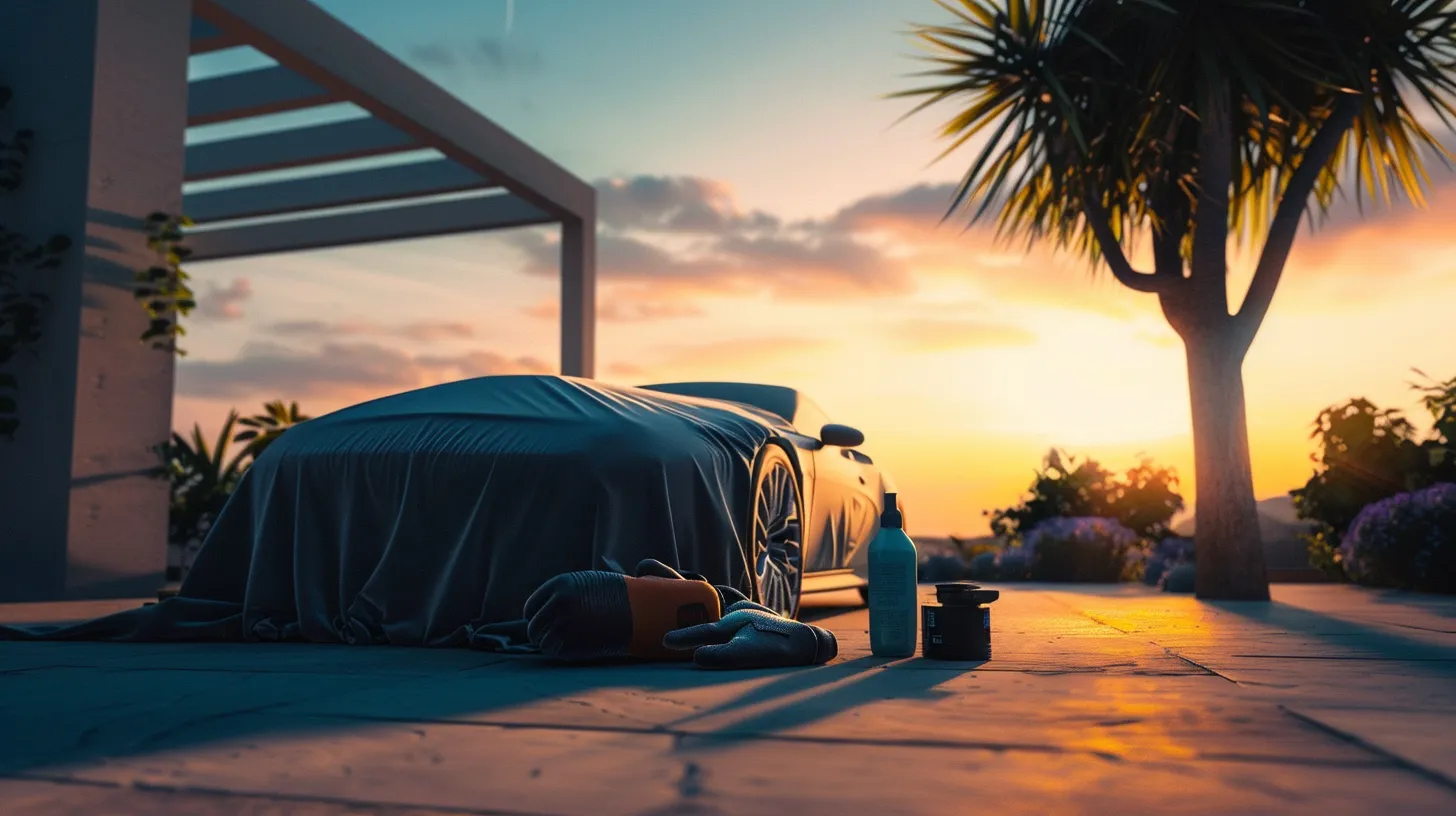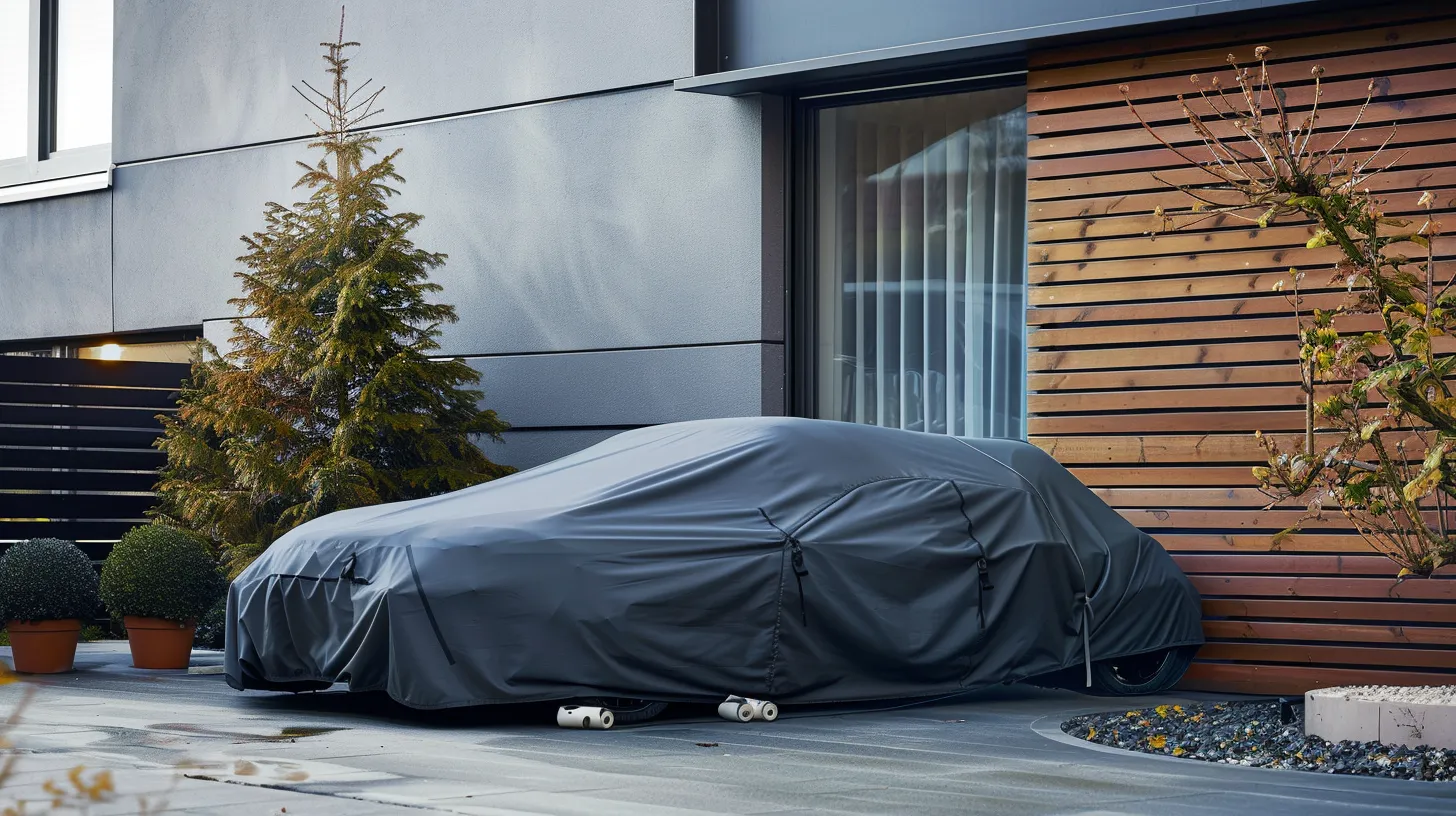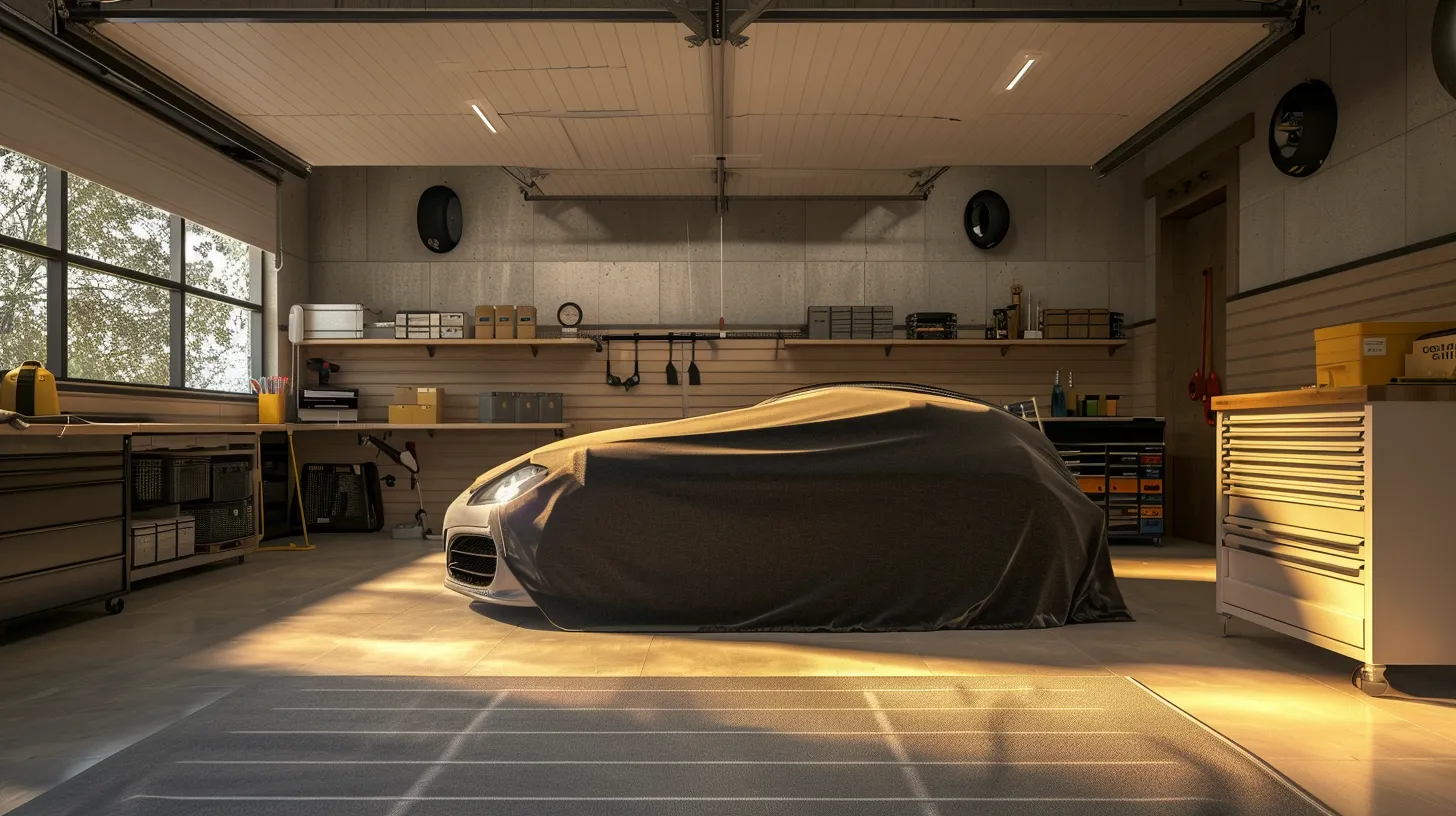In the realm of vehicle maintenance, the method of covering a car is often overlooked, yet it plays a pivotal role in preserving the vehicle's aesthetic and structural integrity.
The process begins with the selection of an appropriate cover that not only fits the dimensions of the car but also provides adequate protection against environmental factors.
However, the technique employed in covering the vehicle, from positioning the cover correctly to ensuring it is securely fastened, demands attention to detail.
As we explore the nuances of this seemingly simple task, a deeper understanding emerges, revealing the complexity and importance of properly protecting one's vehicle.
What remains to be seen is how these practices can be optimized to extend the lifespan of the cover itself, an aspect often neglected yet crucial for sustained protection.
Choosing the Right Cover

Selecting the appropriate cover for your car involves considering various factors such as material, fit, and suitability for specific climatic conditions, ensuring optimal protection and durability. The choice of material, whether fabric or vinyl, plays a crucial role in how well the cover will stand up to the elements and the test of time. For those seeking long-term use and resilience, quality covers made from nylon parachute material are highly recommended due to their robustness.
Moreover, a custom-fit cover offers superior coverage, conforming closely to the contours of specific car models, thus providing an added layer of protection against external factors. Opting for a custom cover ensures that every part of the vehicle is shielded effectively, minimizing the risk of exposure to moisture inside and out.
When considering storage conditions, it is essential to select a car cover that complements the local climate. For outdoor storage, an outdoor car cover designed to facilitate air circulation is pivotal. A soft cloth fabric cover allows the vehicle to breathe, preventing moisture accumulation and ensuring the car remains protected under various weather conditions. This careful selection process is fundamental in safeguarding your vehicle, ensuring it remains in pristine condition while in storage.
Preparing Your Vehicle

Having selected the ideal cover for your car, the next crucial step involves preparing your vehicle to ensure it is in the best condition for covering. Proper preparation not only enhances the effectiveness of car covers in protecting your vehicle but also minimizes the risk of paint damage during the process of covering. Ensuring your car is ready for the cover involves several important steps:
-
Clean the exterior thoroughly : It's essential to remove any dirt, dust, and debris. This step prevents scratches on the paint under the cover, safeguarding the vehicle's appearance.
-
Ensure the car is dry : Before installing the cover, make sure the car is completely dry. This prevents moisture buildup underneath the cover, which could lead to rust issues and allows moisture to pass through the cover more effectively.
-
Remove aerial antennas or accessories : Any items that may obstruct the cover's fit or potentially cause damage during the installation should be taken off. This ensures a snug fit and prevents tears in the fabric.
-
Park in a safe, flat location : Before covering, position the vehicle in an optimal location. This facilitates an easier and smoother installation process and ensures the front of the vehicle is clearly identifiable for the correct orientation of the cover.
These steps are pivotal in preparing your vehicle for an indoor cover or any protective layer, ensuring maximum protection and longevity of your investment.
Covering Techniques

After preparing your vehicle meticulously, the next step is to master the proper technique for covering your car to ensure maximum protection. Car covers are essential for safeguarding your vehicle against the elements, especially when stored in a non-climate controlled environment.
To install a car cover effectively, begin by securing the front of the cover around the front bumper. This initial step is crucial as it helps ensure a proper fit and prevents the cover from shifting. Next, gently pull the cover over the top of the vehicle, making sure to place the cover over the side mirrors to create a snug fit around these protrusions, which often include built-in mirror pockets for this purpose.
If your vehicle has an external antenna, apply an adhesive-backed antenna patch to the cover to accommodate the antenna, preventing any potential tears or damage. Once the cover is properly positioned over the vehicle, secure it under the rear bumper last, ensuring complete coverage. For areas in contact with sharp edges, reinforce the cover with duct tape to provide added protection.
Securing the Cover

Once the car cover is properly draped over the vehicle, utilizing the cable and lock system included with the cover is essential for providing anti-theft protection and ensuring the cover remains secure. This step is crucial not only for safeguarding the car but also for making sure the cover does its job in protecting the vehicle from external elements, especially during outdoor storage.
To effectively secure the cover, consider the following steps:
- Proper Alignment: Ensure the cover is properly aligned to provide complete vehicle coverage. This means making sure the cover is evenly distributed over the car, with no part left exposed or inadequately covered.
- Front First: Follow the installation steps carefully, starting by securing the front around the bumper. This helps in evenly distributing the cover over the top and sides of the car.
- Side Mirrors: Place the cover over side mirrors before attaching the ends to the bumpers. This not only helps in keeping the cover in place but also protects the mirrors from damage.
- Gust Straps: In areas prone to high winds, secure the cover with Gust Straps. This extra step can prevent the cover from being blown away and ensure it stays in place to protect your vehicle.
Maintenance and Care

Securing the car cover properly is key to its performance; equally important is regular maintenance and care to ensure its durability and effectiveness. Car covers serve as a protective barrier against environmental factors, but their ability to protect is significantly diminished without proper upkeep. Regular washing and maintenance of car covers are essential to preserve their protective qualities and extend their lifespan.
For light dust removal, the use of a California Duster is recommended to avoid abrasions that can occur from harsh cleaning methods. This ensures the car cover remains in optimal condition to protect your vehicle. It's critical to steer clear of plastic covers for long-term storage, as they can trap moisture against the vehicle's surface, leading to potential paint damage. Instead, opt for car covers made from soft cloth fabric that allows for air circulation, effectively shielding the car from dirt and moisture without compromising the vehicle's finish.
Many restoration shops recommend using a thin painter's drop cloth as a car cover. This material, while simple, provides an effective layer of protection, ensuring that your vehicle remains in pristine condition under the cover. By adhering to these maintenance and care guidelines, car owners can ensure their covers continue to provide the utmost protection for their vehicles.










